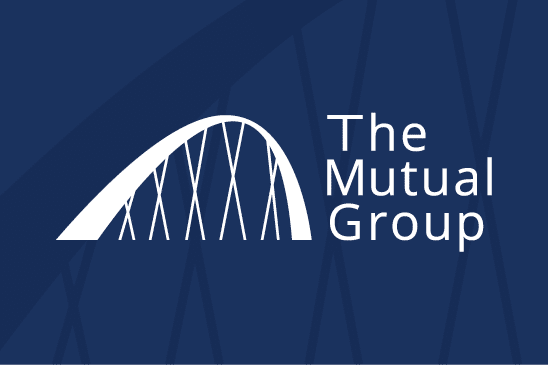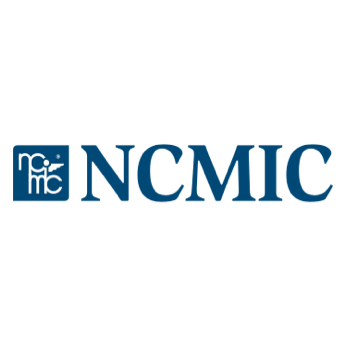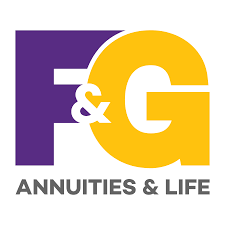Monetary ship is ready to set sail

Until a short while ago, “QE2” commonly meant the venerable Queen Elizabeth 2, one of the truly great trans-Atlantic liners of all time. Today, however, QE2 is the buzzword for a new, ambitious monetary policy of the Federal Reserve Board. With official interest rates near zero, and the official unemployment rate stubbornly high around 10 percent, quantitative easing could be the last card for the Fed to play in an effort to fulfill its dual mandate of price stability and full employment.
Quantitative easing Round 1 took place in 2009, when the Fed purchased $1.7 trillion of mortgage-related and Treasury bonds, principally in order to bring mortgage rates down. That action in concert with fiscal stimulus spurred the economy in the second half of 2009 and through the second quarter of 2010. However, the pace of economic activity has shifted into low gear; some say it’s approaching a stall. With core (excluding food and energy) inflation rates running at less than 1 percent, the economy is at risk, with possible deflation too close for comfort. By most accounts, deflation is harder to shake than the flu in January. Prevention is a must.
One might think this battle is better left for Congress and the president to handle, but given the deficit and Washington politics as they are, the Fed may be the only game in town. So the questions today about QE2 seem to be not if, but when and how. Will the Fed shock and awe with a massive upfront infusion to the monetary base or take an incremental approach? In any case, the Fed’s goal is to increase inflation expectations, which, in its opinion, will lower short-term real interest rates and stimulate the economy.
The financial markets have already embraced the Fed’s intentions to take whatever measures necessary to boost the economy. Commodity, stock and bond prices all have moved markedly higher since the Fed began to ready QE2 like a ship about to leave port. All hands on deck for this one; the voyage could get interesting.
The QE2 conversation alone has made considerable waves. Since last summer, for example, the dollar has dropped about 15 percent against the yen and nearly the same against the euro. A weak dollar is a natural byproduct of QE2, but brings its own set of complications, including de facto currency wars, trade protectionism, elevated commodity prices, inflation or stagflation.
Not all members of the Fed are completely on board with the course being set. “I have to tell you, it horrifies me,” said Kansas City Fed Bank President Tom Hoenig regarding setting inflation targets.
Clearly there are risks with the QE2 policy.
The ship Queen Elizabeth 2 moved countless passengers across rough oceans. Best hope that QE2 as economic policy has similar success. A lot is riding on it.
Peter Percival (ppercival@syversonstrege.com) is a registered investment adviser at Syverson Strege & Co. in West Des Moines.










